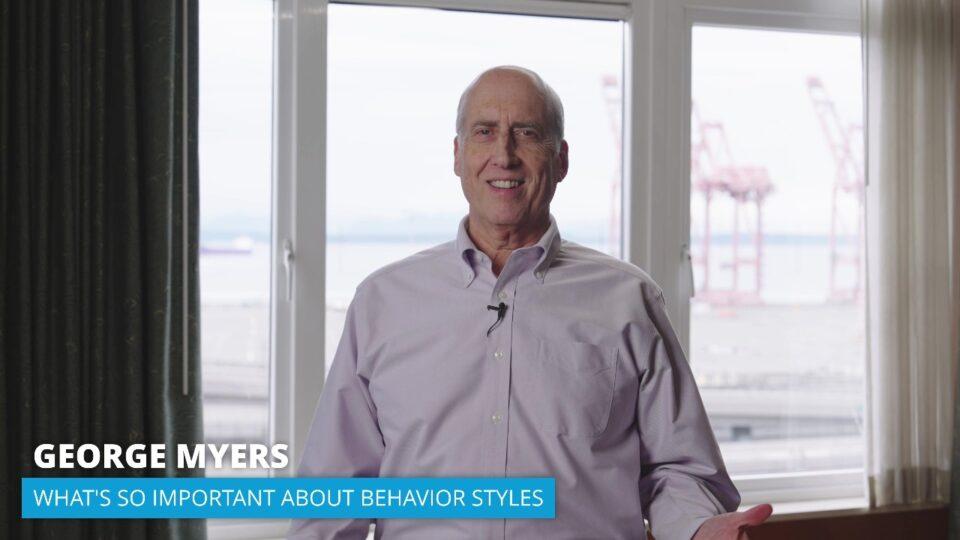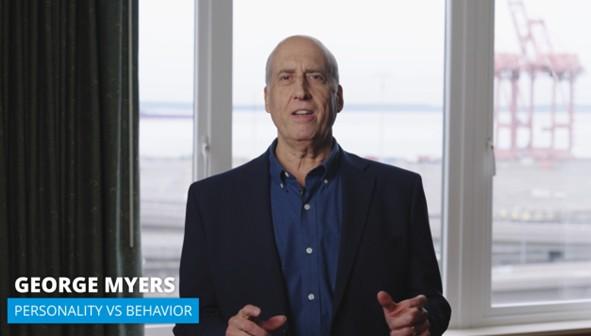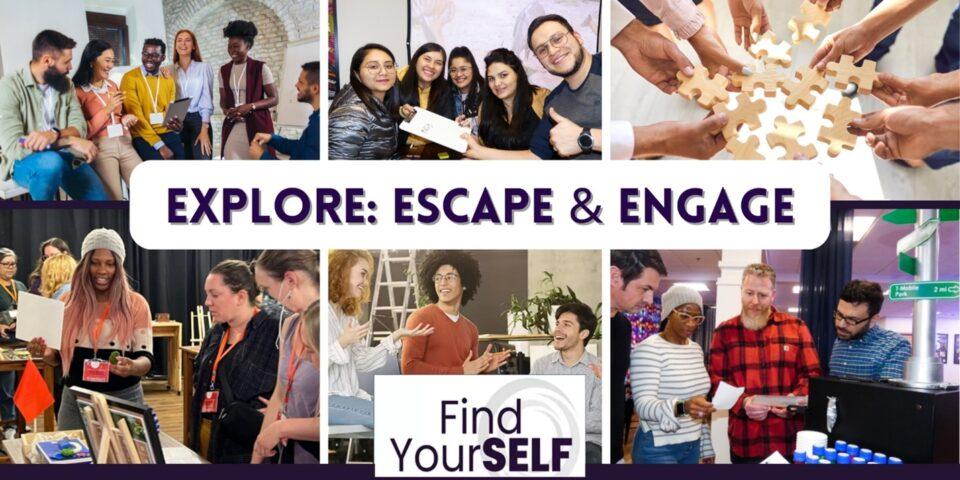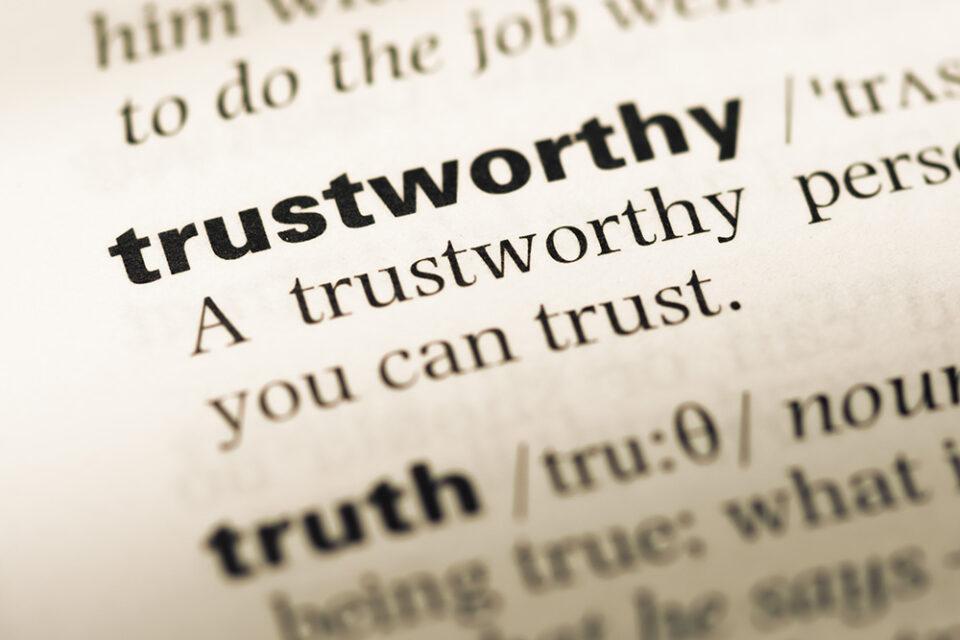You Are Not a Behavior Style
Not only can people change their behavior based on the situation and environment they are in, many people easily slide between 2-3 different patterns. Those are two reasons why it’s not helpful or accurate to identify someone as one Style, even if they prefer one more than others. https://vimeo.com/1086568303/f11f008b20
You Are Not a Behavior Style Read More »












